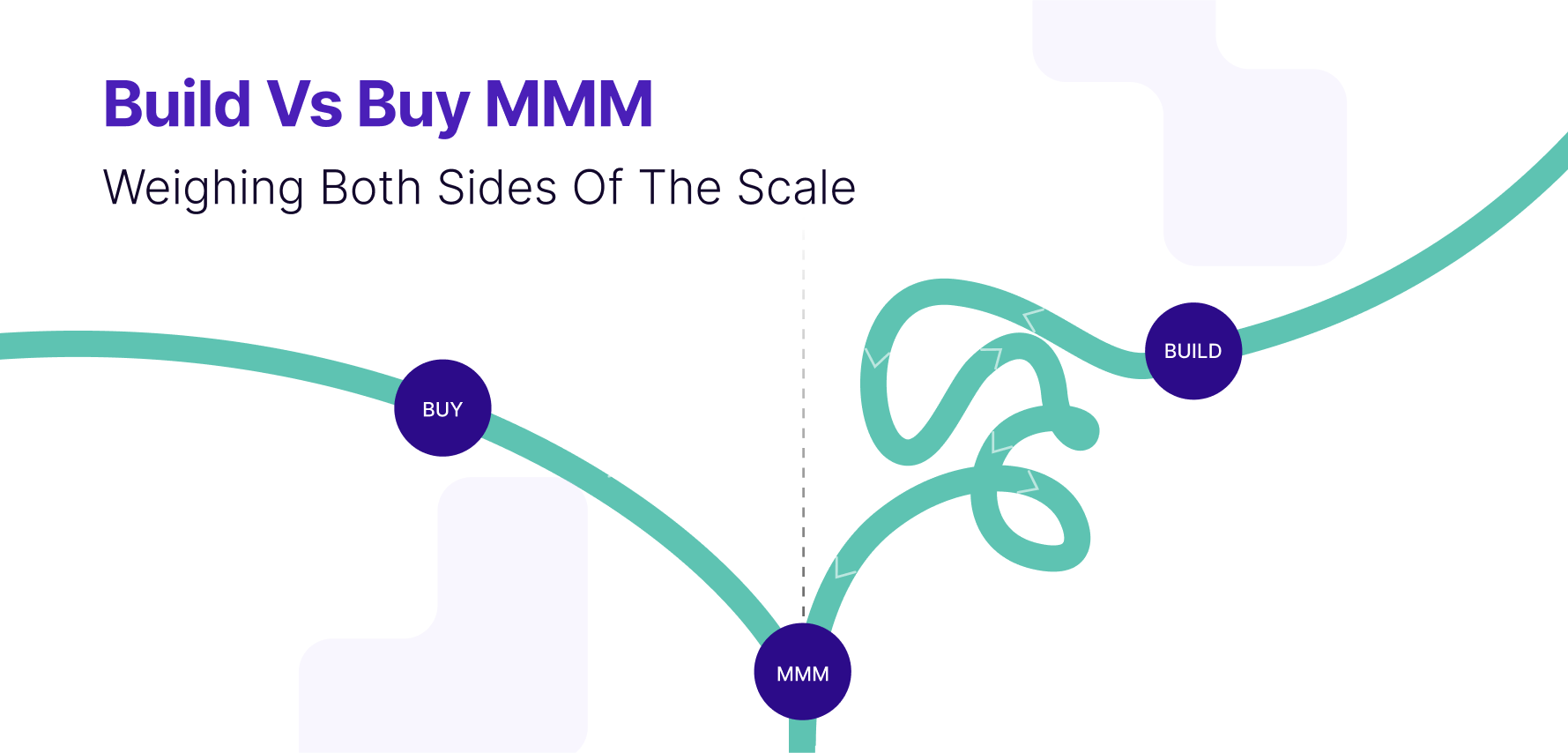What is Mean Absolute Percentage Error?
Mean Absolute Percentage Error (MAPE) is a statistical measure used to assess the accuracy of a forecasting model. It calculates the average absolute percentage difference between predicted values and actual values, offering insights into the model’s prediction accuracy.
Formula
mape-formula 
yi = actual value
ŷi = predicted value
n = number of observations
Example
A company forecasts monthly sales for the upcoming year. For one month, the actual sales were $200,000, and the predicted sales were $180,000. The absolute percentage error for this month is:
200,000 – 180,000 / 200,000 X 100 = 10%
If this is representative of the average error across all months, the MAPE would be 10%.
Why is MAPE important?
MAPE is crucial for evaluating the accuracy of predictive models, especially in business and economics. It provides a clear and interpretable measure of forecast accuracy, facilitating comparisons between different models. Because MAPE expresses errors as a percentage, it is easy to understand and communicate. This metric is particularly useful for identifying models that consistently underperform and need improvement.
Which factors impact MAPE?
Several factors can influence MAPE, including the variability of the data, the presence of outliers, and the model’s ability to capture trends and patterns. Data quality also plays a significant role, as noisy or incomplete data can lead to higher errors. Choosing the appropriate model for the data characteristics and ensuring robust data preprocessing can significantly impact MAPE.
How can MAPE be improved?
Improvement strategies for reducing MAPE include enhancing data quality through cleaning and preprocessing, using more sophisticated modeling techniques, and continuously validating and refining the model with new data. Regularly updating the model to account for changing patterns and seasonality can also help maintain accuracy.
What is MAPE’s relationship with other metrics?
MAPE is closely related to metrics like RMSE (Root Mean Square Error) and MAE (Mean Absolute Error), which also measure forecast accuracy but in different ways. While RMSE gives more weight to larger errors and MAE provides an absolute measure, MAPE’s percentage-based approach allows for easier comparison across different datasets and scales.
Free essential resources for success
Discover more from Lifesight
















